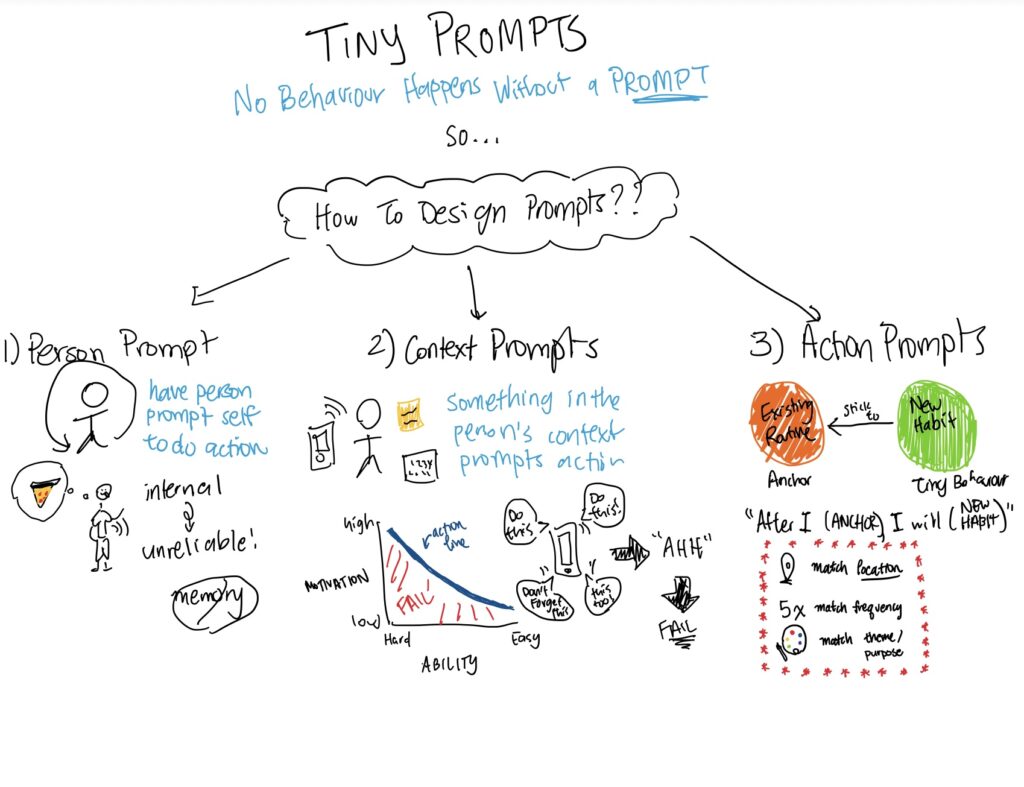1. Porter’s Five Forces
Developed by Michael Porter, this framework analyzes the competitive forces within an industry. It helps companies assess the intensity of competition and profitability potential by looking at five key forces:
- Threat of new entrants: How easily new competitors can enter the market.
- Bargaining power of buyers: The ability of customers to influence pricing and terms.
- Bargaining power of suppliers: The ability of suppliers to drive up costs or limit quality.
- Threat of substitute products or services: The likelihood of customers switching to alternatives.
- Rivalry among existing competitors: The level of competition between existing players.
2. SWOT Analysis
SWOT (Strengths, Weaknesses, Opportunities, Threats) analysis is a simple yet powerful tool for assessing both your company and your competitors. It evaluates:
- Strengths: Internal capabilities that give a company an advantage over competitors.
- Weaknesses: Internal limitations or areas where competitors are stronger.
- Opportunities: External factors that a company can exploit to gain a competitive edge.
- Threats: External challenges that might erode competitive advantage.
SWOT can be applied specifically to analyze individual competitors or the competitive landscape.
3. Benchmarking
Benchmarking is the process of comparing your company’s performance with that of competitors or industry standards. It involves identifying key performance metrics (KPIs) like market share, customer satisfaction, cost structures, or product features, and assessing how your competitors are performing relative to your business. This helps identify areas where your company is lagging behind or excelling.
4. Competitive Profile Matrix (CPM)
The CPM framework helps identify and compare key success factors across competitors. It involves creating a matrix where different attributes (e.g., product quality, customer service, pricing, marketing, R&D) are rated for each competitor. The CPM allows for a visual comparison of how each company ranks on critical competitive factors, helping identify areas of strength and weakness relative to competitors.
5. Value Chain Analysis
Value chain analysis, developed by Michael Porter, helps a company understand its internal activities and how they contribute to competitive advantage. When analyzing competitors, you can apply the value chain framework to assess how effectively competitors manage their key activities like inbound logistics, operations, marketing, sales, and after-sales service. By understanding the efficiency of a competitor’s value chain, you can identify their strengths, weaknesses, and opportunities for differentiation.
These frameworks offer various perspectives to assess competitors, from high-level strategic overviews (Five Forces, SWOT) to detailed operational assessments (Value Chain, Benchmarking).




